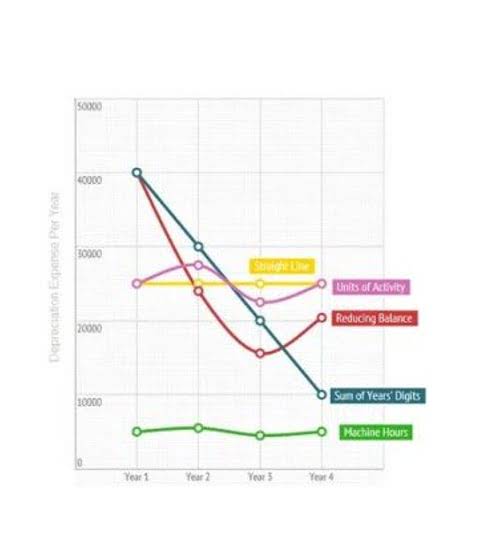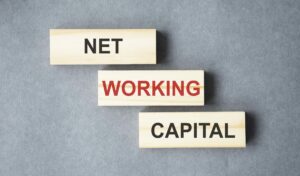
A positive variance indicates that conversion costs the actual conversion costs exceeded the budgeted costs, while a negative variance suggests that the actual costs were lower than the budgeted costs. This information can be useful for cost accounting and management purposes, which we will discuss in the next topics. The term conversion costs often appears in the calculation of the cost of an equivalent unit in a process costing system.
Perform Regular Audits – Ways a Company Can Accurately Track and Report Conversion Cost
This is because fixed assets, such as machinery and equipment, are often used in production and included in manufacturing overhead costs. It helps businesses understand the expenses involved in converting raw materials into finished products. This guide will explain what conversion cost is, how it is calculated, and provide an example to make it easy to understand. Conversion Cost includes direct labor and manufacturing overhead, covering all production expenses. Prime Cost, however, is the sum of direct materials and direct labor, focusing specifically on fundamental production costs.
How to Measure and Analyze the Difference Between Actual and Budgeted Conversion Costs?

Examining prime costs helps optimize material expenses through strategic sourcing and inventory management. Standard costing involves estimating the cost of producing a product before actual production begins. The estimated cost includes direct labor, direct material, and manufacturing overhead. After production, the actual costs are compared to the estimated costs, and any variances are reported.

Increased Transportation Costs – How Does Outsourcing Impact Conversion Cost?
It excludes the salary of management, office staff, and other people who are not working directly with the products. The advantages and disadvantages of using conversion cost as a performance indicator. An example of direct labor are the employees working on the assembly line of a manufacturer. The calculation of the cost of sales, which is reported on the income statement, also depends on the conversion cost. We do this all the way back up the funnel until we get an average value for a lease.
- We’ll start by defining conversion cost, why it is crucial in manufacturing, and its advantages and disadvantages.
- It includes direct labor (workers’ pay) and manufacturing overhead (other production expenses).
- Managerial accountants and production managers measure these conversion costs to estimate production expenses, develop product-pricing models, and estimate the value of finished inventory.
- Using sensors and other monitoring technologies, manufacturers can identify and address issues contributing to material waste, such as overproduction, defects, and machine breakdowns.
- This can result in increased costs for expedited shipping, lost sales, and damage to the outsourcing company’s reputation.
- An example of direct labor are the employees working on the assembly line of a manufacturer.
- In conclusion, conversion cost is a vital aspect of accounting and manufacturing that can greatly impact a company’s bottom line.
More Accurate Forecasting – How Does the Use of Technology Impact Conversion Cost in Accounting?
Thus, conversion costs are all manufacturing costs except for the cost of raw materials. Conversion costs differ from prime costs, which focus on direct manufacturing expenses like direct materials and direct labor. Conversion costs significantly impact product pricing as they form a substantial portion of production expenses. Businesses must incorporate these costs into pricing models to adjusting entries maintain profitability and competitiveness.

By analyzing the conversion cost ratio and its components, businesses can gain valuable insights into their cost structure, identify cost-saving opportunities, and optimize their manufacturing processes. Analyzing conversion cost variance involves investigating the reasons behind the variance and identifying the specific cost components that contributed to it. Insurance Accounting By conducting a detailed analysis, companies can pinpoint areas of inefficiency or cost overruns and implement strategies to improve cost control and optimize the production process. Compare the conversion cost per unit with the previous periods, the industry average, or the target cost to evaluate the performance and efficiency of the production process. Conversion cost is the cost incurred by any manufacturing entity in converting its raw material into finished goods capable of being sold in the market.

More often than not, most lead generation companies use conversion-focused bidding strategies like maximize conversion or target CPA. While there’s nothing wrong with those bidding strategies and they can perform very well for your account, they can sometimes fall into the trap that I just mentioned. Generating lots of leads at a low cost per lead, but that are low quality as well. But if you’re like most lead generation companies we work with, you likely have one of two things going on that makes you suitable for using conversion values. Technology has made it easier to share information about conversion costs with stakeholders. Automated systems can generate reports that are easy to read and understand, making it easier to communicate with investors and other stakeholders about how costs are being managed.

Leave A Comment